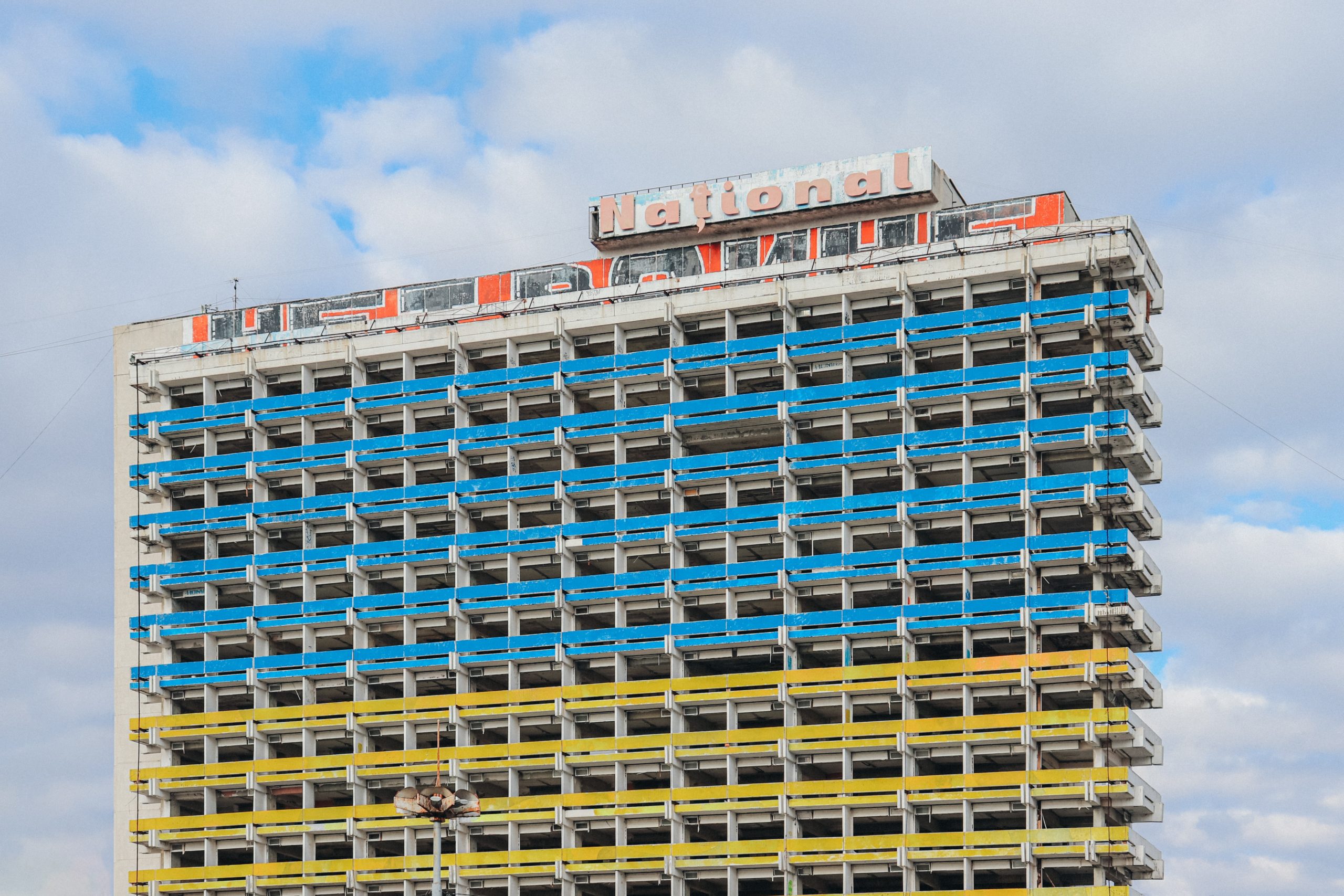Exploring the Nationality of Moldova: Facts and Figures

Welcome to the fascinating world of Moldova, a country with a rich cultural heritage and a unique identity. Situated at the crossroads between Eastern Europe and Western Asia, Moldova has been shaped by its complex history and diverse population. In this blog post, ukrnetia.com explores the nationality of Moldova through various lenses – from its ethnic composition to its linguistic diversity, religious affiliations, and cultural influences. Join us on this journey as we delve into the facts and figures that define one of Europe’s most intriguing nations!
The historical context of Moldova’s nationality
Moldova’s history is a complex tapestry of different cultures, languages, and traditions. The region has been inhabited by various tribes since ancient times, including the Thracians, Scythians, and Goths. However, it was during the 14th century that Moldova emerged as an independent principality under the leadership of Prince Dragoș.
Over time, Moldova became a vassal state to various empires such as the Ottoman Empire and Russian Empire. During World War II, the country was occupied by Soviet forces and eventually incorporated into the USSR until its independence in 1991.
Throughout these tumultuous periods in Moldovan history, there have been numerous cultural influences that have shaped its national identity. From Romanian traditions to Slavic customs to Turkish influences – all of these elements have played a role in defining what it means to be “Moldovan.” Today, Moldovans continue to celebrate their unique heritage while also embracing modernization and globalization.
The ethnic composition of Moldova’s population
Moldova’s ethnic composition is a complex and diverse topic. According to the latest census data, Moldovans make up the largest ethnic group in the country, accounting for over 75% of its population. However, there are also significant minority groups that contribute to the country’s cultural fabric.
Ethnic minorities include Ukrainians (8%), russians (6%), Gagauz (4%) and Bulgarians (2%). Additionally, there are smaller communities of Roma people, Jews and others.
The history of Moldova has had an impact on its ethnic makeup. For example, during Soviet times many immigrants from other parts of the USSR moved into Moldova which led to changes in demographics.
While linguistic differences often delineate these groups as separate entities they have all contributed to a unique blend of cultures within Moldovan society. It is interesting to note that despite some tensions between different groups throughout history there seems to be a sense of unity amongst them today.
It can be seen that while Moldovans form a majority in their own country, this does not mean they exist in isolation or dominate completely over other minorities who also add value through their contributions towards culture or identity formation!
The diversity of languages spoken in Moldova
Moldova is a country with a rich linguistic heritage, reflecting its diverse history and geography. The two official languages of Moldova are Romanian and russian, but the country’s linguistic makeup goes beyond just these two.
In addition to Romanian and russian, there are several minority languages spoken in Moldova. These include Ukrainian, Bulgarian, Gagauz (a Turkic language), Romani (the language of the Roma people), and Yiddish.
The diversity of languages spoken in Moldova is not only limited to these minority tongues; English has also become increasingly popular among younger generations. This is due to globalization and the importance of being able to communicate effectively with other countries in business or education.
Furthermore, many older residents still speak Soviet-era languages such as Belarusian or Armenian due to their former affiliation with the USSR.
Moldova’s linguistic diversity reflects its complex past as a crossroads between Eastern Europe and the Balkans. It highlights how cultural exchange can enrich our understanding of different peoples’ histories and identities.
The religious makeup of Moldova
Moldova is known for its religious diversity, with a variety of faiths coexisting peacefully within the country. The majority of Moldovans adhere to Eastern Orthodox Christianity, accounting for more than 90% of the population. However, there are also significant minorities of Roman Catholics, Protestants, and Muslims.
While Orthodoxy dominates in Moldova’s rural areas, urban centers such as Chisinau have seen an increase in other religions. The Catholic Church has a notable presence in some regions as well – especially in Transnistria where it is the second largest religion after Orthodoxy.
Moldova recognizes religious freedom under its constitution and laws. Many different denominations operate freely throughout the country without interference from authorities or discrimination based on their beliefs.
Religion plays an important role in shaping Moldovan culture and societal norms. It serves as both a unifying force among communities and a source of personal identity for individuals belonging to certain faiths. Despite this diversity however there are still some challenges that arise due to these differences between different groups which should be taken into account when discussing national identity issues affecting Moldova today.
The cultural influences on Moldova’s identity
Moldova’s cultural identity is a blend of various influences, including Romanian, russian, Ukrainian, and Turkish. This diversity is evident in the country’s music, dance forms and costumes.
Traditional Moldovan folk songs are performed with instruments such as panpipes, flutes or lutes. The Hora dance that originated from Romania is popular among Moldovans during celebrations and festivities. Women wear brightly colored dresses adorned with intricate embroidery while men don shirts embroidered with geometric patterns.
Moldovan cuisine has also been influenced by its neighboring countries. Traditional dishes include placinte (stuffed pastry), sarmale (cabbage rolls) and mamaliga (a cornmeal porridge). However, the use of sour cream in most dishes sets it apart from other cuisines in the region.
Religious beliefs have also played a significant role in shaping Moldova’s cultural identity. Christianity is the predominant religion with Orthodox Christianity being practiced by most people. Many churches built during medieval times can still be seen across the country.
In recent years attempts have been made to revive traditional crafts such as pottery-making, weaving and wood-carving which were slowly dying out due to modernization.
Moldova’s diverse history has led to an equally diverse culture that continues to evolve even today.
The challenges of Moldova’s national identity in the modern world
As we have explored, Moldova’s national identity is complex and multifaceted. However, in the modern world, it faces challenges that threaten to erode its unique character.
One of these challenges is globalization. As more people migrate to Moldova from other countries, the country’s cultural makeup becomes increasingly diverse. This can result in a dilution of traditional customs and values.
Additionally, political instability continues to be a significant issue for Moldova. The country has struggled with corruption and economic struggles since gaining independence from the Soviet Union. These factors have led some citizens to question their nation’s identity and allegiance.
As technology advances rapidly around the world, Moldova risks being left behind in terms of innovation and progress. Without investment in education and infrastructure development, its ability to compete on the global stage may decline further.
Despite these challenges facing its national identity today, there is hope for preserving what makes Moldova unique. By embracing diversity while also cherishing traditional values through educational programs or museum exhibitions devoted entirely towards promoting culture awareness could help keep things alive!


